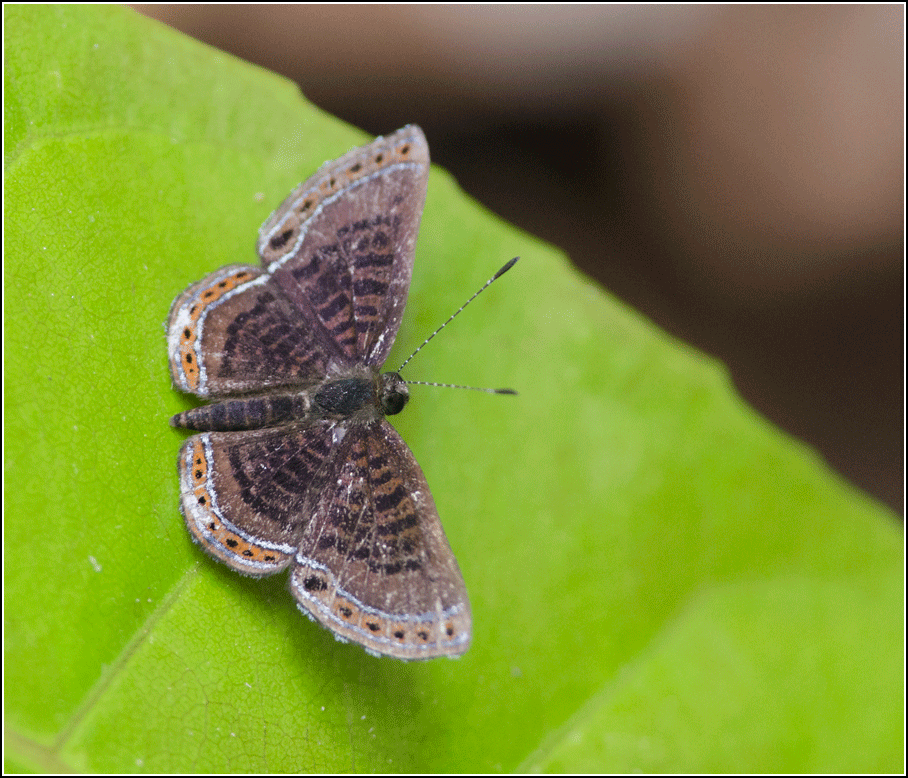Last Sunday, Jeremy Bensette and Steve Pike, two friends of mine who happen to be local Pelee birders, were driving east of Leamington along with Lindsay and Michelle Vaillant. Jeremy noticed an interesting dove on a wire which turned out to be a Eurasian Collared-Dove! This rarity has only been seen about 20 times in Ontario so it was a great find. The next day, Jeremy Hatt and Rick Mayos discovered that in fact two birds were present!
While there have been several sightings of Eurasian Collared-Doves in Ontario in recent years, most of them have been one-day-wonders, so the fact that two were around and in the same area gave me hope that these could be birds I could chase. By the time Friday came around the birds were still being seen and I began the long drive to Pelee, dropping Laura off in Cambridge on the way. She had to go wedding-dress shopping with a friend on the Saturday so it worked out perfectly.
I arrived in the Pelee area just after seven in the evening and drove right to the spot. As I was pulling up, even with the sun low in the sky and directly in my eyes, it was impossible to miss the two chunky gray doves sitting on the hydro wire!
 |
| Eurasian Collared-Doves - Leamington |
Without a doubt that was the easiest chase I had done in a while and I was happy to see my first Eurasian Collared-Doves in Canada.
While this species is fairly distinctive, it can be confused with the "Ringed Turtle-Dove", a domesticated version of the African Collared-Dove which is frequently kept in captivity. It seems there are more reports of Ringed Turtle-Doves than the real deal, as I guess they escape frequently enough. While Ringed Turtle-Doves do have a neck ring like Eurasian Collared-Doves, they are smaller (Mourning Dove size) and paler. Eurasian Collared-Doves have black outer webs on the underside of the tail feathers, as shown in these photos!
 |
| Eurasian Collared-Dove - Leamington |
 |
| Eurasian Collared-Doves - Leamington |
Throughout my stay the doves did not leave the wire and they tolerated my approach as I stayed in my car. I have heard that these birds could be rather skittish so it was great to have prolonged views of them at close range!
 |
| Eurasian Collared-Dove - Leamington |
While Eurasian Collared-Doves are rare in Ontario, it might not be long until they are a common species. Since being introduced to the Bahamas in the 1970s they have spread northward towards Canada. They have since become well established over much of the Lower 48 and northward to British Colombia and even southern Alaska. They are becoming a common sight in the southern Prairie Provinces and it seems the next major frontier will be the northeast United States, Ontario, and eastern Canada. Just a matter of time.
 |
| Eurasian Collared-Doves - Leamington |
After seeing the Eurasian Collared-Doves I still had close to 24 hours before I needed to get back - lots of time for some whirlwind birding! I'll try to get another post up in a day or two.

.gif)
















.gif)














